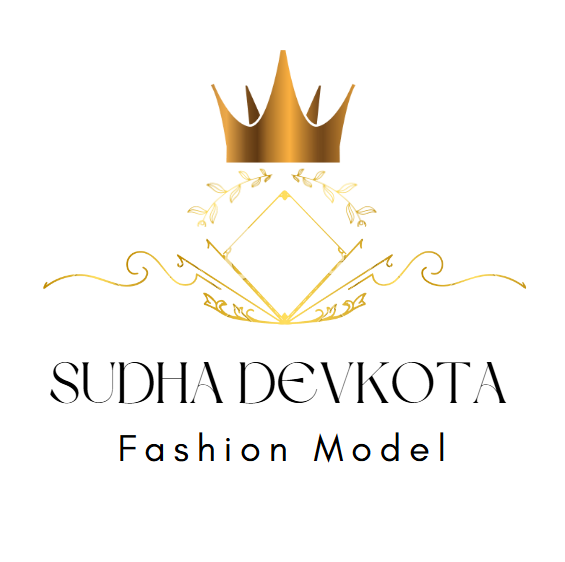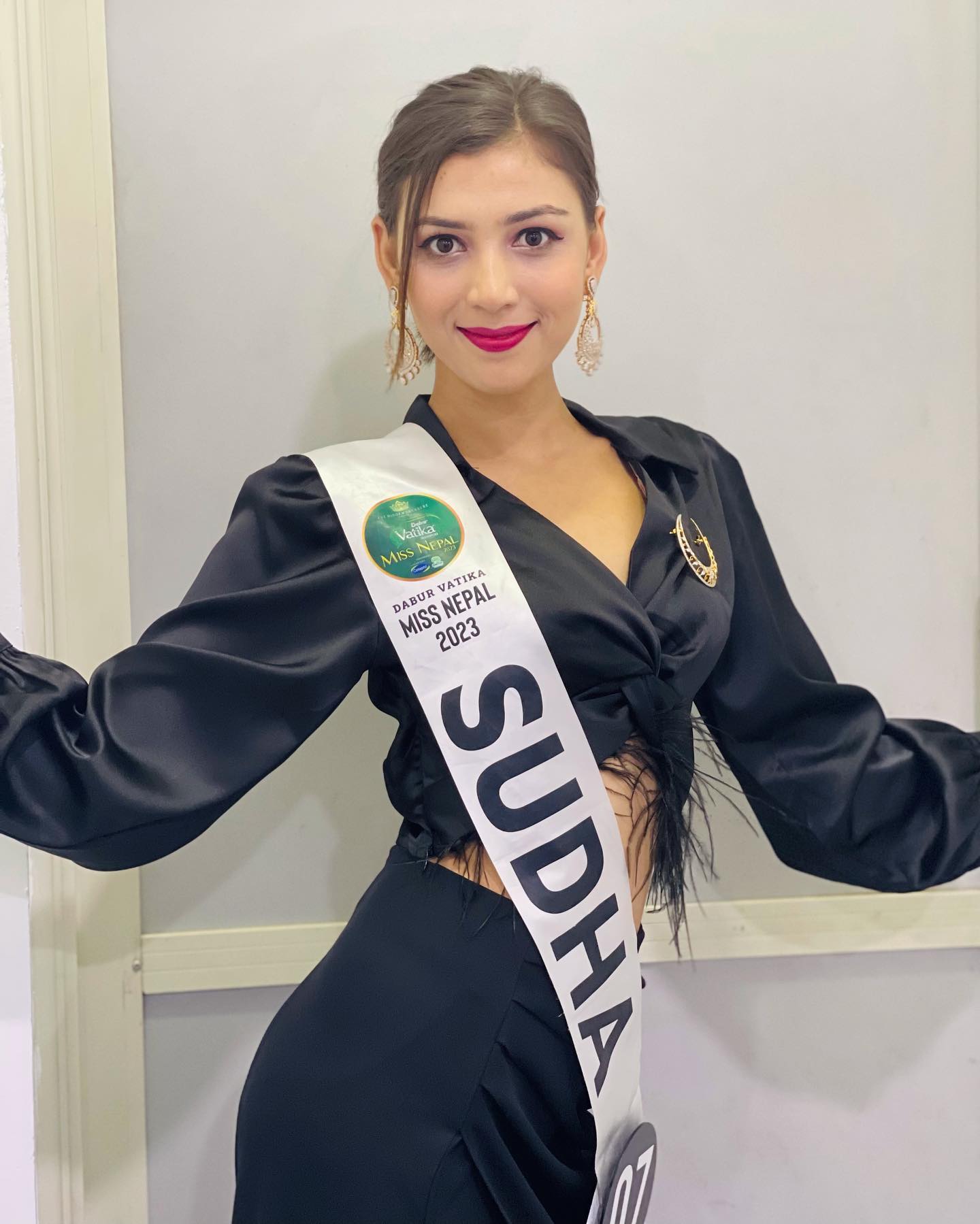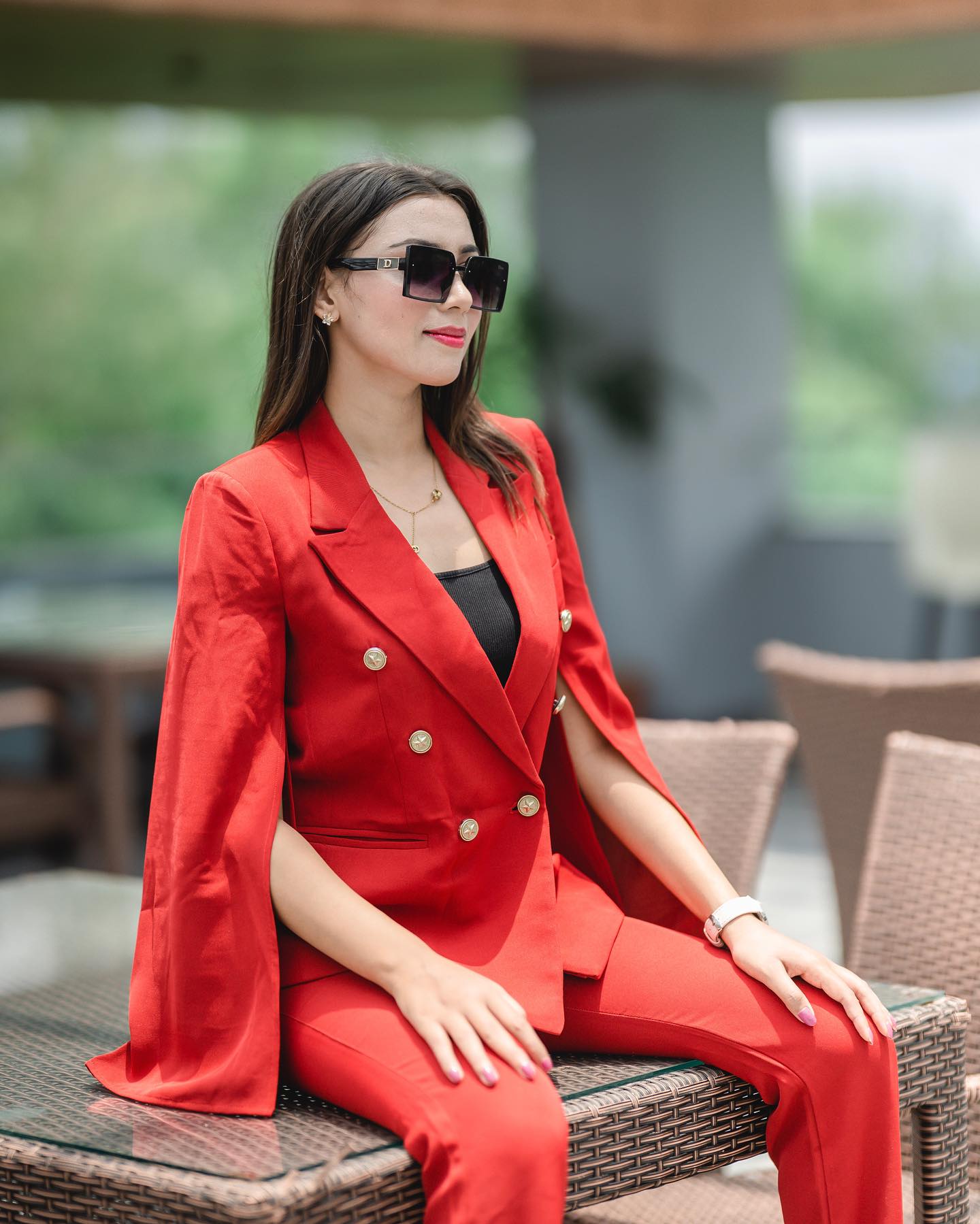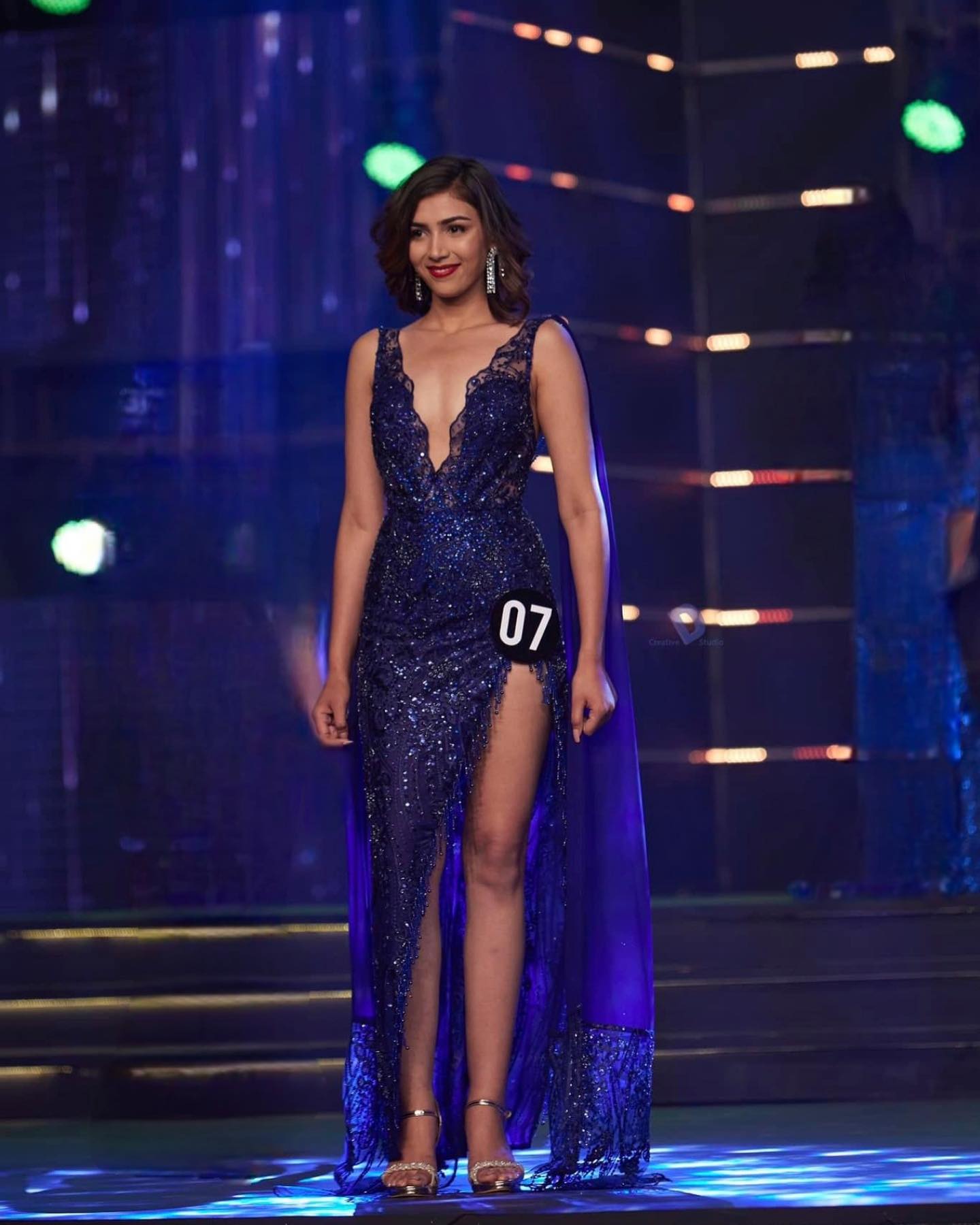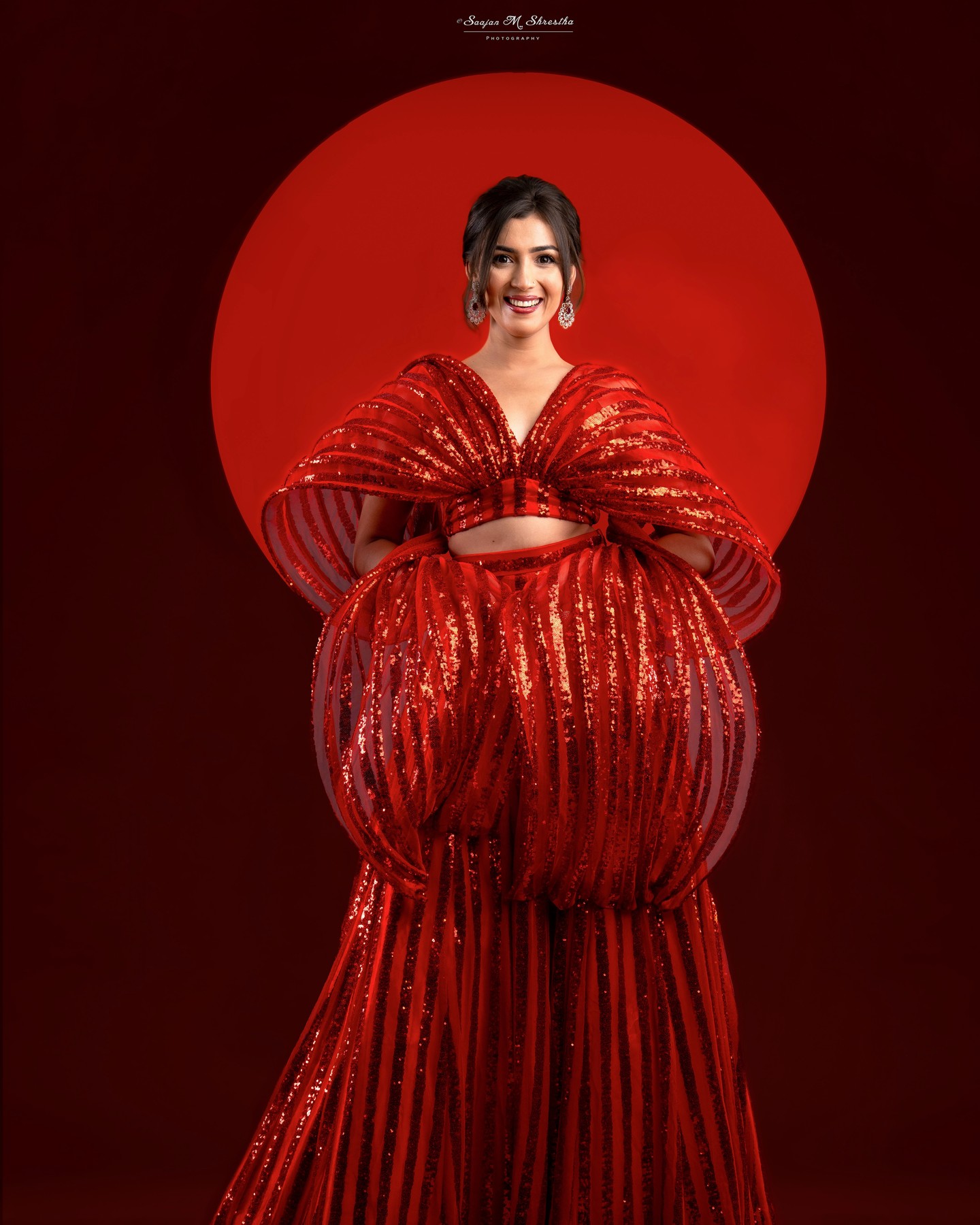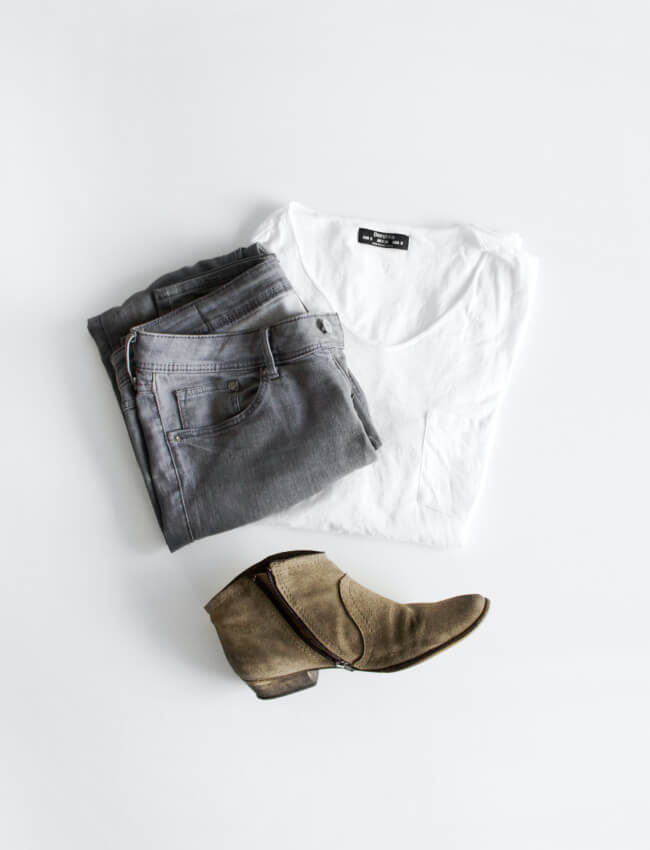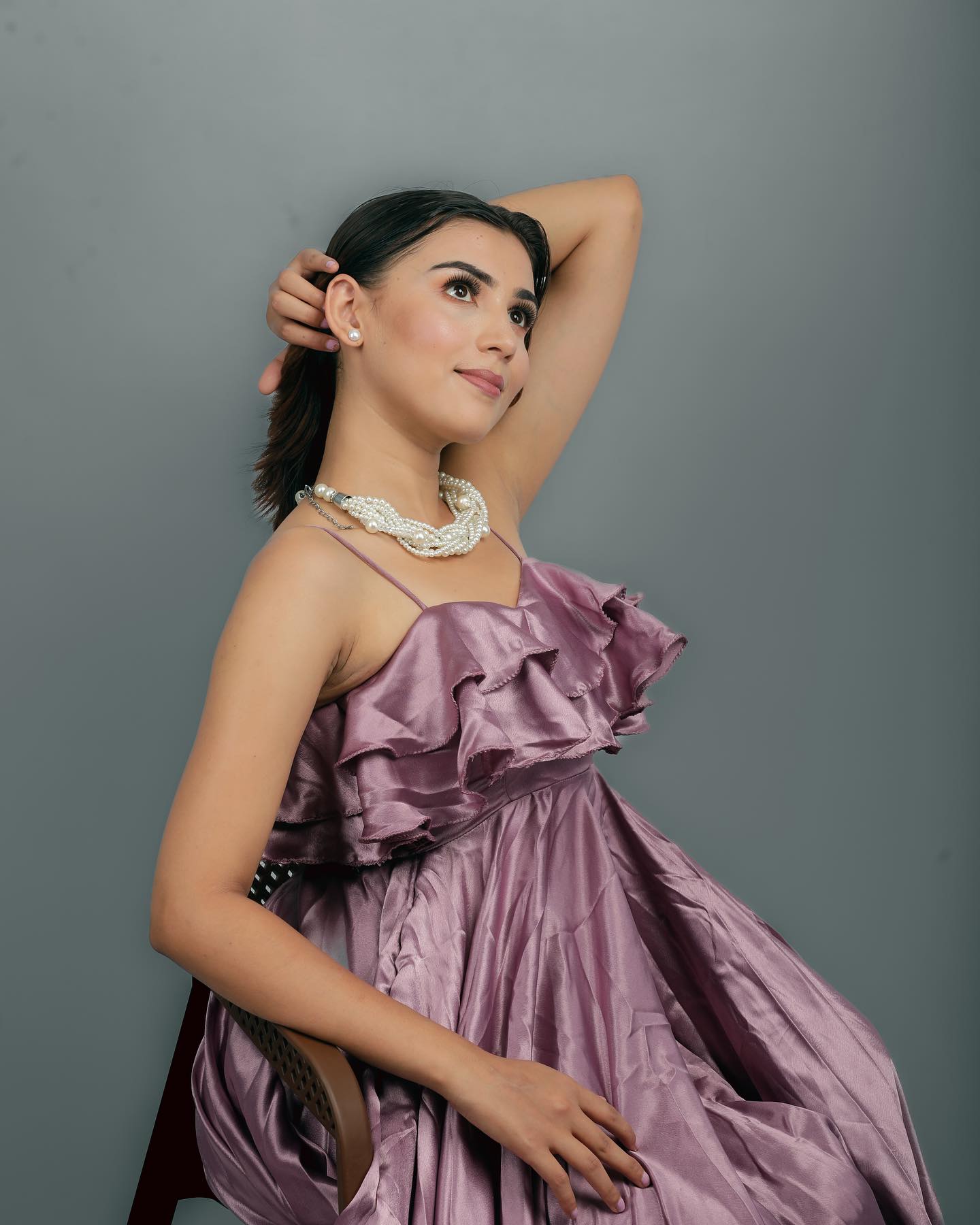My Take on Commercial & Print Modeling: Exploring the Exciting World of Fashion and Advertising If you’re anything like me, the glitz and glam of the fashion world have probably...
Read MoreMy Exhilarating Experience Working for Brands
Working for brands as a model is one of the most exciting parts of being in the fashion industry. Every brand has its own story, vibe, and personality, and as a model, I get to be part of that story in a unique way. From high-fashion shoots to casual lifestyle campaigns, each project brings new challenges and rewards. Here’s a glimpse into my journey and what makes working for brands such a thrilling experience.
1. Diving into Different Brand Personalities
Every brand has a unique identity and voice, and getting to embody that personality is something I’ve come to love. One day, I might be working with a high-fashion label that requires a fierce, edgy look; the next, I could be shooting for a casual, laid-back brand that wants an approachable vibe. Each project allows me to adapt, experiment, and explore new sides of myself. It’s like stepping into a new character each time, which keeps things fresh and exciting.
2. Connecting with Inspiring Creative Teams
One of the best parts of working for brands is collaborating with incredibly talented people. From photographers and stylists to makeup artists and directors, each person brings their unique skills and vision to the project. Working alongside these creative minds has taught me so much and made each shoot a memorable experience. The energy on set is contagious, and I love seeing how everyone’s talents come together to create something beautiful.
3. Experiencing New Styles and Trends Firsthand
Working for different brands gives me a front-row seat to the latest trends in fashion. I get to see how new designs, colors, and fabrics come together long before they hit the shelves. Each brand has its own take on trends, so I get to work with a variety of styles that I might not normally wear. It’s an incredible opportunity to expand my fashion sense and even experiment with looks I’d never considered before.
4. Building Confidence Through Challenges
Every shoot or campaign comes with its own set of challenges. Whether it’s a long day on set, trying to capture a specific expression, or adjusting to unfamiliar poses, each project pushes me out of my comfort zone. Over time, these challenges have built up my confidence and resilience. I’ve learned to adapt quickly, keep a positive attitude, and bring my best energy to every shoot—no matter what obstacles come up.
5. Discovering Unique Locations
Another perk of working for brands is the chance to shoot in incredible locations. From luxury studios to breathtaking outdoor settings, each project offers a unique backdrop that adds to the whole experience. Shooting in a new place can completely change the vibe of a shoot, and it’s always exciting to see how different locations bring a brand’s vision to life.
6. Learning About Brand Stories and Values
I love that each brand I work with has a story and a set of values it wants to communicate. Some brands focus on sustainability, some celebrate inclusivity, and others promote innovation or heritage. Learning about these values not only helps me connect with the brand but also gives me a sense of purpose. I’ve had the opportunity to work with brands that align with my own values, which makes the experience even more fulfilling.
7. Seeing the Final Product is Incredibly Rewarding
There’s nothing like the moment when you see the final product of a campaign you’ve worked on. Whether it’s a billboard, an online ad, or a glossy magazine page, seeing the finished product is always a thrill. Knowing that all the hard work, planning, and creativity came together to create something impactful is incredibly rewarding. It’s a reminder of the value of collaboration and the magic that can happen when people come together to create.
8. Developing My Skills On Set
Working with professional teams has helped me improve my modeling skills dramatically. I’ve learned so much about poses, lighting, and how to communicate effectively with photographers and directors to capture the right mood. Each brand requires something different, which challenges me to be versatile and constantly learn new techniques. Every shoot becomes a learning experience that builds up my skill set.
9. Representing a Brand’s Vision
As a model, I’m not just wearing the clothes or showcasing a product—I’m representing the brand’s entire vision. This responsibility makes me want to bring my best self to every project. I want to honor the effort that each brand puts into its designs, marketing, and creative vision. Being part of this process has taught me to see the bigger picture and understand the role I play in making a brand’s vision come to life.
10. Creating Lasting Memories and Relationships
Finally, working with brands has brought so many amazing people into my life. From casual conversations on set to long-term connections with creative professionals, I’ve made lasting friendships and industry contacts that mean a lot to me. Each project is a new adventure, and the memories I’ve created along the way are truly priceless.
Wrapping Up: Why I Love Working for Brands
Every project with a brand is a new journey filled with learning, challenges, and unforgettable moments. From embodying different personalities to seeing the final results and building friendships, working for brands is as fulfilling as it is exciting. Modeling for brands has not only honed my skills but has also deepened my passion for the art of fashion and storytelling. I can’t wait to see where the journey takes me next!
